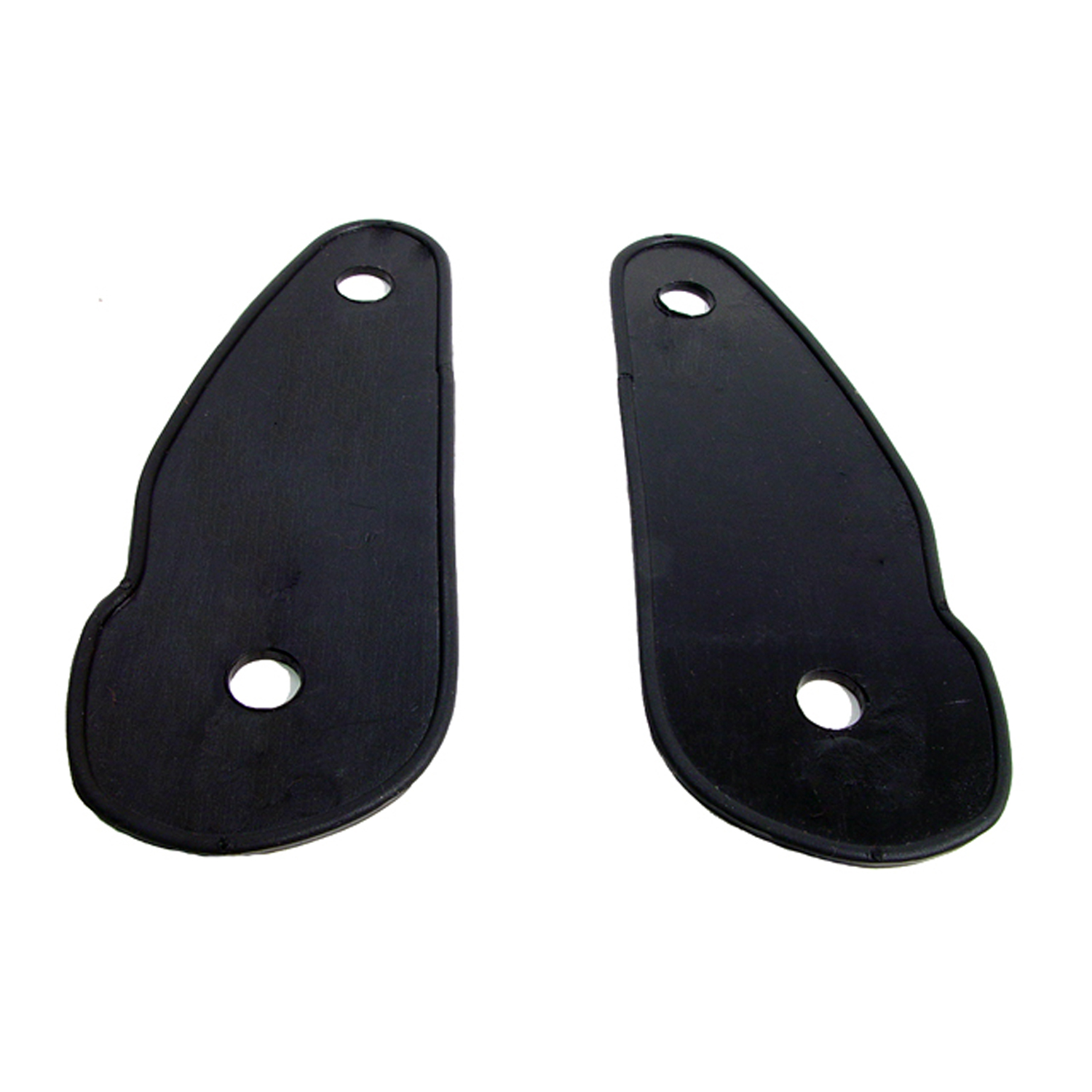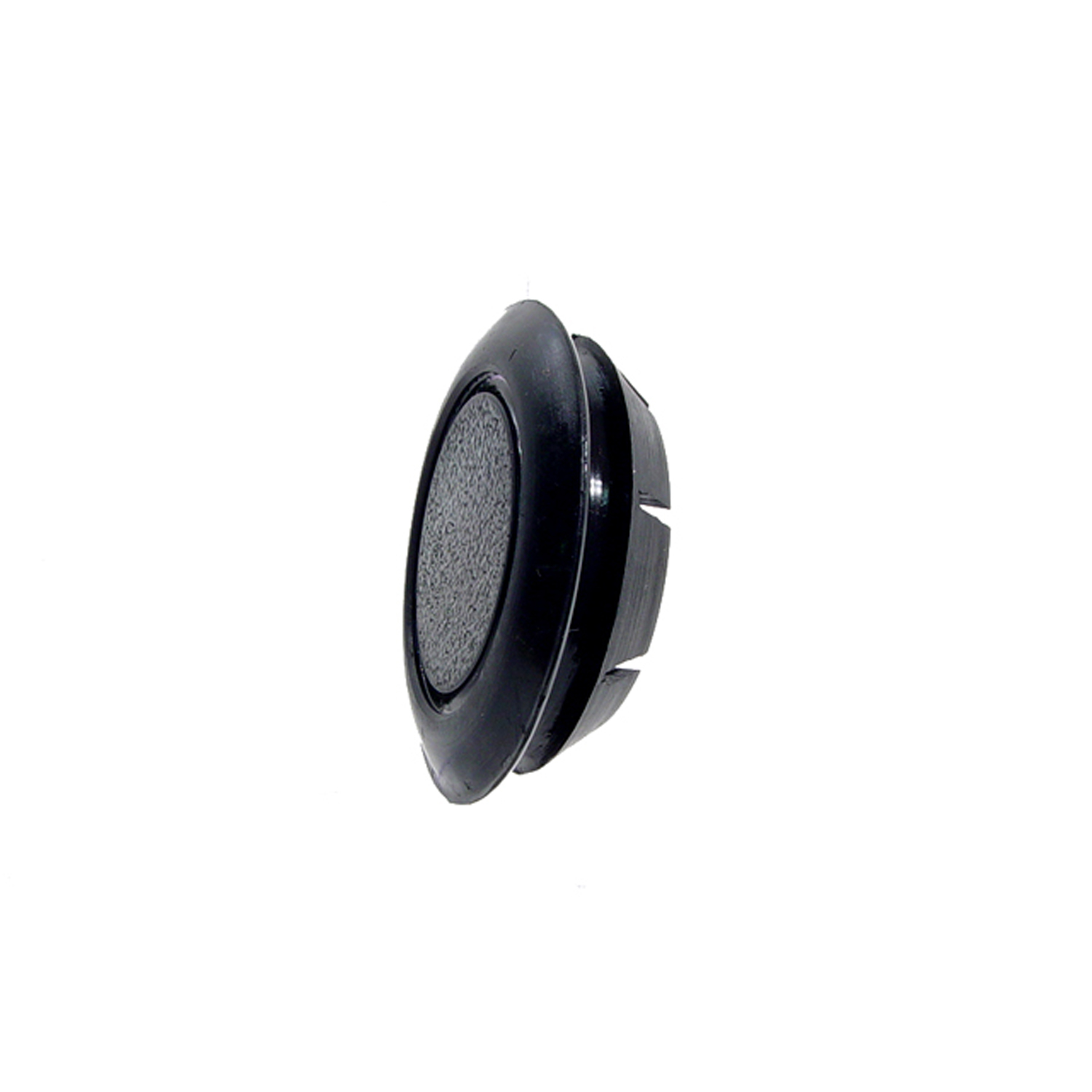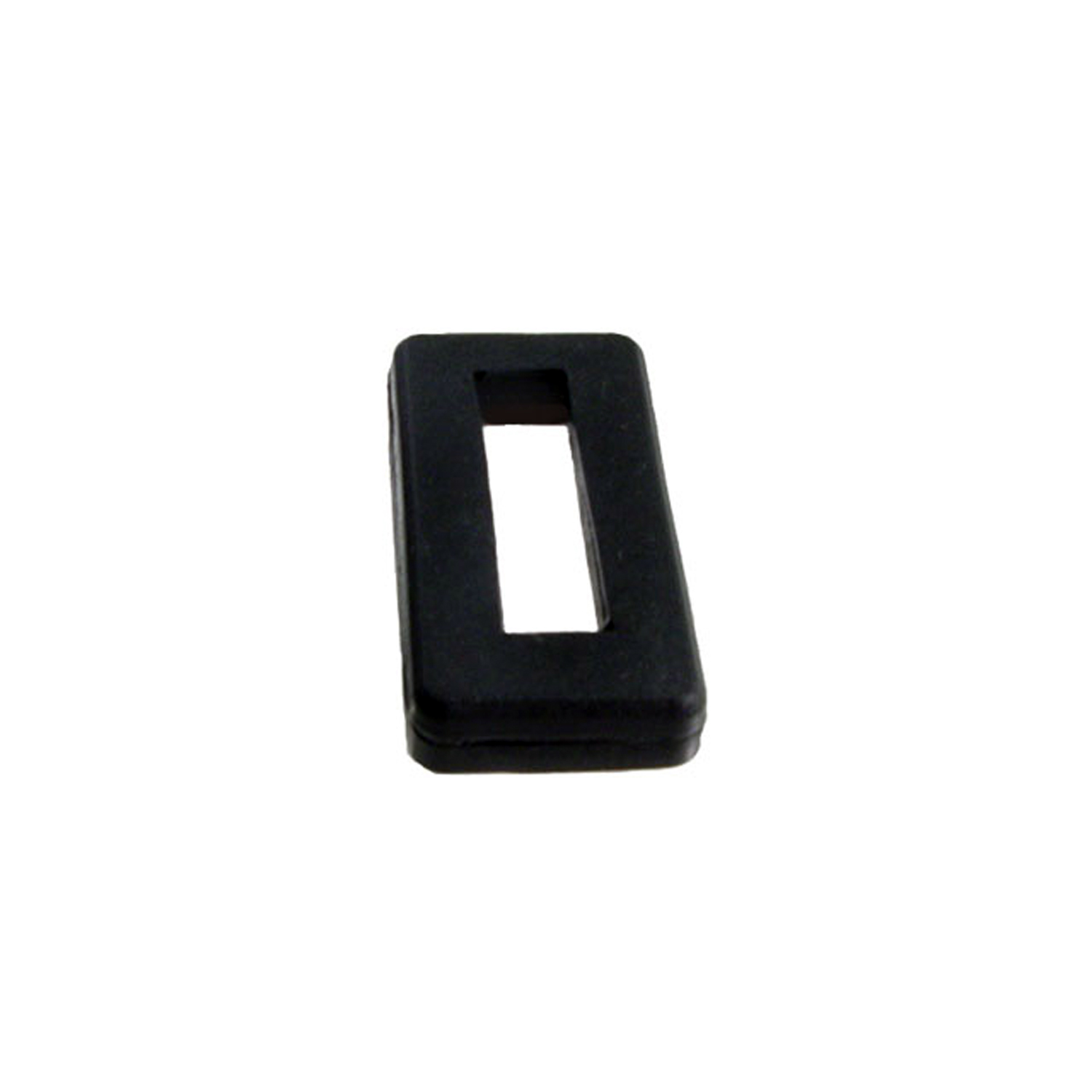Image of 1976 Mg Midget, Note: These illustrations use artistic license and may differ from actual historical models.
Performance Metrics
Fundamental Metrics
Emotional Appeal
MMP Rating
| Engine Specifications | |
|---|---|
| Engine: | 1.5L 4-cylinder |
| Displacement: | 1493 cc |
| Horsepower: | 65-70 hp |
| Torque: | 72 lb-ft |
| Compression Ratio: | 8.4:1 |
| Ignition System: | Electronic |
| Cooling System: | Water-cooled |
| Performance Specifications | |
| 0-60 Time: | 13.5 seconds |
| 1/4 Mile Time: | 19.3 seconds |
| Top Speed: | 97 mph |
| Transmission and Drive | |
| Drive Type: | RWD (Rear Wheel Drive) |
| Transmission Type: | 4-speed manual |
| Fuel and Efficiency | |
| Fuel System Type: | Carburetor |
| MPG: | 25-30 mpg |
| Dimensions and Brakes | |
| Brakes: | Front disc brakes and rear drum brakes |
| Wheelbase: | 80.0 in |
| Weight: | 1,620 lbs |
Note: Specifications for classic cars are given to the best of our ability, considering the limited and variant data available.
1976 MG Midget: A Pocket-Sized Classic
The 1976 MG Midget is a testament to the charm and enduring appeal of British sports cars. Born from the collaboration between MG Car Company and its parent company, British Motor Corporation, the Midget was a small, affordable sports car that offered the joy of open-top driving to the masses. Its historical significance lies in its role in popularizing the roadster segment in post-war America and Europe. A unique fact about this particular model year is that it marked the last full year of production before the rubber bumper models were introduced, making it a sought-after classic among enthusiasts.
Design and Innovation
The exterior styling of the 1976 MG Midget was characterized by its diminutive size, long bonnet, short rear deck, and rounded fenders—a design that harkened back to the classic roadsters of the 1950s. The interior was simple yet functional, with a focus on driver engagement over luxury. Materials were typical for the era, with vinyl seats and a basic dashboard layout featuring essential gauges. Technologically, it boasted innovations like rack-and-pinion steering and disc brakes at the front—advanced features for an economy sports car of its time. Color options ranged from vivid hues to more subdued tones, with British Racing Green and Flame Red being among the popular choices. The most iconic body style was undoubtedly the convertible, which epitomized the free-spirited driving experience.
Historical Significance
The MG Midget's impact on automotive design was significant, as it helped to establish a template for small sports cars that prioritized handling and driver enjoyment over raw power. It stood out from contemporaries by offering a pure driving experience at an accessible price point. Its lasting influence can be seen in later generations of compact convertibles that sought to capture the same spirit.
Performance and Handling
Performance-wise, the 1976 MG Midget wasn't about breakneck speed; it was about zest and character. With a top speed around 90 mph and an acceleration time from 0-60 mph in approximately 13 seconds, it wasn't going to win drag races but provided plenty of thrills on twisty roads. The handling was nimble, with a tendency to communicate road imperfections directly to the driver—an attribute that purists often celebrate. Driving a Midget was an auditory delight too; its engine note was distinctive, adding to an immersive driving experience.
Ownership Experience
Owners typically used their Midgets for weekend drives and car club events, though some braved them as daily drivers. Maintenance and reliability were in line with other vehicles of its era; straightforward mechanicals made DIY repairs feasible for those with basic skills. However, parts availability could be challenging outside of Britain.
Fun Facts
A fun fact about the '76 Midget is that it was part of a lineage that included special editions like the Jubilee and limited edition models which are now highly collectible. While not known for breaking speed records, it did set records for sales in its category during its heyday. Criticisms often centered around its modest power output and lack of modern amenities—points that enthusiasts argue add to its charm.
Collector's Information
Today's collector market values a well-preserved 1976 MG Midget anywhere from $5,000 to $15,000 depending on condition and originality. Production numbers were relatively high for sports cars of this period, but exact figures vary; estimates suggest around 73,899 units were produced between 1974-1980 (inclusive of all variants). As a classic car, values have been slowly appreciating as good examples become rarer.
Conclusion
The 1976 MG Midget remains an icon of British motoring history—a small car with a big personality. Its combination of affordability, style, and driving pleasure has cemented its status as a beloved classic. Whether you're behind the wheel or admiring one at a show, this little roadster is sure to bring a smile to your face.
1976 Mg Midget Catalog of Parts
 1976 MG Midget Windshield Post Pads. 2-1/8" wide X 5-3/8" long. Pair-MP 111-RWindshield Post Pads. 2-1/8" wide X 5-3/8" long. Pair
1976 MG Midget Windshield Post Pads. 2-1/8" wide X 5-3/8" long. Pair-MP 111-RWindshield Post Pads. 2-1/8" wide X 5-3/8" long. Pair 1976 MG Midget Jack Socket Plug. Fits 1-1/2" hole. 1-1/4" I.D. Each-RP 90-BJack Socket Plug. Fits 1-1/2" hole. 1-1/4" I.D. Each
1976 MG Midget Jack Socket Plug. Fits 1-1/2" hole. 1-1/4" I.D. Each-RP 90-BJack Socket Plug. Fits 1-1/2" hole. 1-1/4" I.D. Each 1976 MG Midget Grille Shell Grommet. 2" X 1" X 5/16" Thick. Each-SM 7Grille Shell Grommet. 2" X 1" X 5/16" Thick. Each
1976 MG Midget Grille Shell Grommet. 2" X 1" X 5/16" Thick. Each-SM 7Grille Shell Grommet. 2" X 1" X 5/16" Thick. EachWhy Choose Metro?
For over 100 years, Metro Moulded Parts has been the pinnacle of quality in classic car restoration parts. Our commitment to precision and authenticity in every component ensures a perfect fit and an OEM-level appearance.
- Expert Craftsmanship & Quality: Each part is a testament to our dedication to reliability and perfection, crafted from original designs and thoroughly tested.
- Advanced Technology: We use cutting-edge techniques to create flawless, long-lasting parts that surpass others in performance.
- SuperSoft Sponge – The Ultimate Door Seal: Not only are our door seals 30% softer than competitors', but they're also guaranteed to never leak. They effectively reduce wind and road noise, enhancing your classic car's comfort and driving experience.
- Proudly American: Our parts are a product of American craftsmanship, made in the USA with a spirit of excellence and heritage.
- Unrivaled Warranty: We back our products with a 30-year industry-leading warranty, a testament to our confidence in their quality.
Join us in preserving the legacy of classic cars with parts that are crafted for perfection, not just made.

